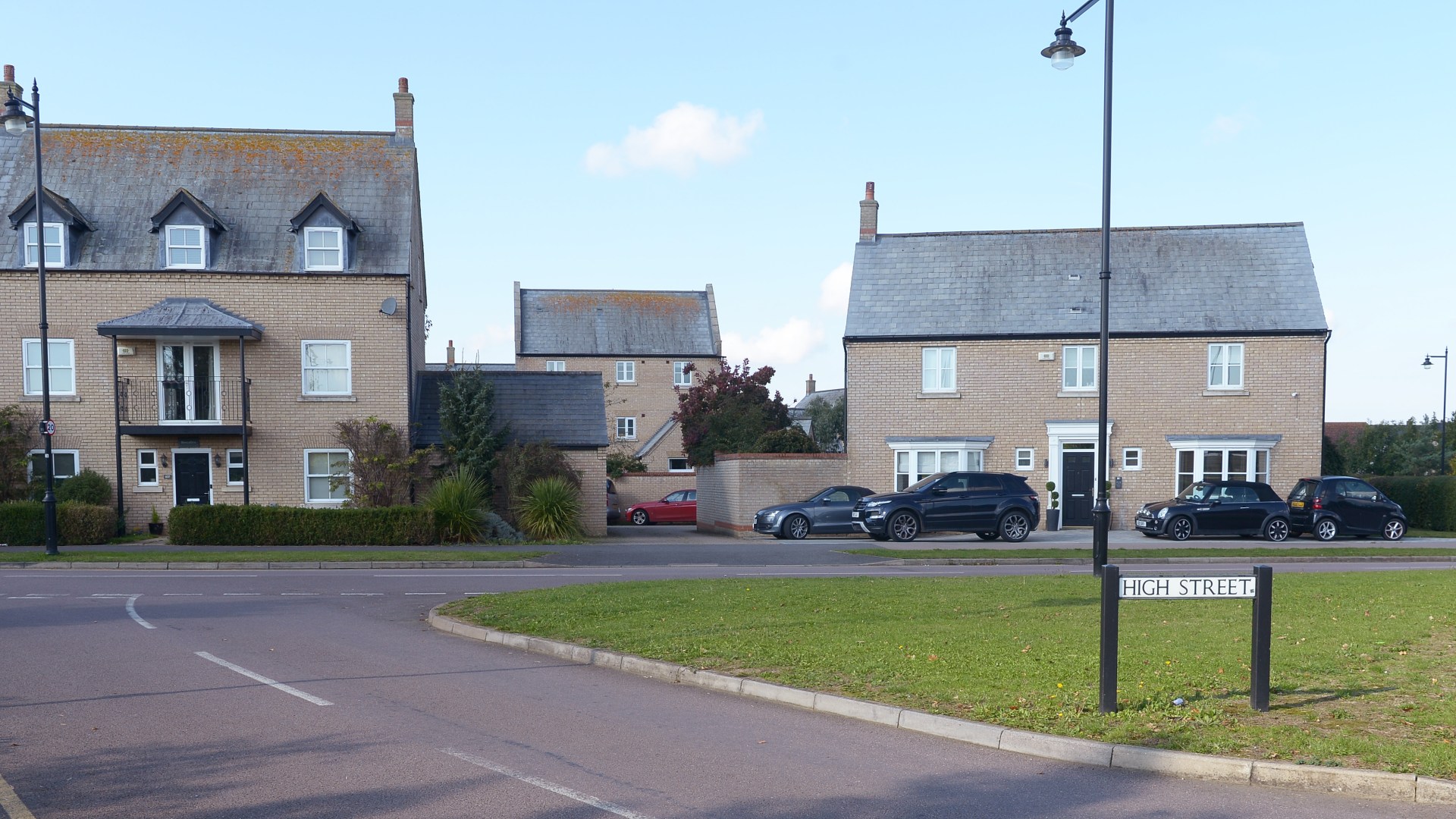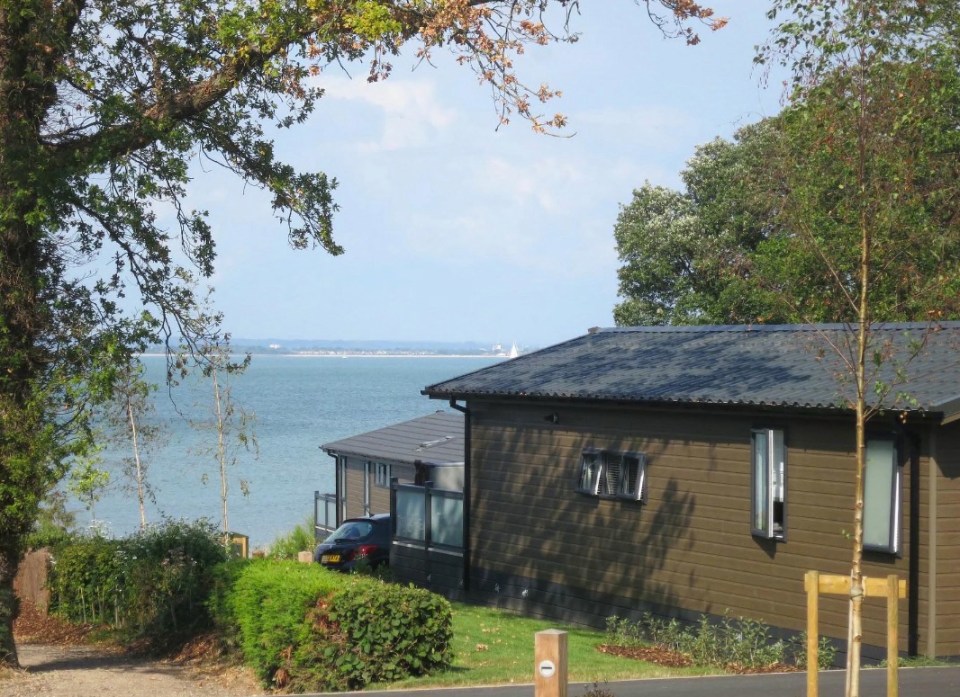When the ceramicist and author Peter Schlesinger moved to New York nearly half a century ago, he was told not to live south of 14th Street. His partner Eric Boman needed an apartment large enough to house a studio for his fashion photography, but Eileen Ford, head of a leading agency, told them it was too dangerous to send her models into Lower Manhattan.
SoHo was too expensive, but many of the old industrial premises further north, in the Ladies’ Mile near the Flatiron district, were empty and not yet rezoned for residential use. There the couple chose an entire unpartitioned floor in a former girdle factory, with other impoverished artists for neighbours. “Even on lower Park Avenue, you had to be careful going into the clubs at night,” Schlesinger, now 76, recalls. “It was drug ridden — but a wonderful place.”
He says the “artsy people” have since moved out, and fashion shoots have shifted from photographers’ own studios to more grandiose venues. Through his large windows, he can he see the nearby penthouses of Rupert Murdoch and Jeff Bezos. Many other wealthy inhabitants live in the conversions of old buildings and the modern towers that have risen up around his home.

Today, the apartment is more conventionally partitioned, with two large studios at one end and an airy, high-ceilinged living area at the other. In the middle stands one of the factory’s original iron pillars, which Schlesinger considered “too thin” and enveloped in plaster in the form of a white classical ribbed column. “It was my first sculpture,” he says.
Schlesinger, a native Californian, came to public attention in the late 1960s when, as the lover of the British artist David Hockney, he was immortalised (clothed) in Portrait of an Artist (Pool with Two Figures) and (naked) in Peter Getting Out of Nick’s Pool. The 1973 film A Bigger Splash, directed by Jack Hazan, is a semifictional film about their break-up.
The couple met in Los Angeles and then moved to the UK, where Schlesinger studied at the Slade School of Fine Art and went on to forge a career as a photographer, artist and ceramicist. Two of his early paintings hang on the walls of the apartment: a friend bathed in light in his North Kensington flat; and two vases on a table, a hint at his passion for pottery, now his primary focus. Today he is represented by Tristan Hoare in London and David Lewis Gallery in New York, and his work is held in collections including Farnsworth Art Museum, and the Manchester Gallery of Art.
His first book of photographs, A Checkered Past, published in 2003, recounts with colourful candour the social whirl of 1960s and 1970s London. He still loves the stories, describing the dinner where he first met Boman following the premiere of Visconti’s Death in Venice; they were at Mr Chow in Knightsbridge, with Fred Hughes, Andy Warhol’s business manager, Manolo Blahnik, the Spanish shoe designer, and Paloma Picasso. “Those were very formative years, and they remain very close friends. I speak to Manolo every week to gossip.”


Schlesinger and Boman soon became a couple, and after a few years decided to leave London. “Rents were cheap but finding a place was difficult; buying was very expensive and it was hard to make a living. In 1978 everyone was moving to New York, which was bustling.”
Their partying continued in their adopted city. Schlesinger tells of attending the opening of the Limelight Club with Warhol. “He was very friendly, not as he is sometimes portrayed. But I was shy. He liked Eric, who loved talking and telling stories.” He holds up a faded telex he came across recently and has had framed: an invitation to Studio 54 from Warhol, with Blondie in attendance.
Boman, with whom Schlesinger lived until his death in 2022, began working for Vogue, Vanity Fair and House & Garden. One of his photos of Brooke Shields hangs in the hallway, and Boman’s former studio is piled with albums, boxes and photographs. “It’s a mess,” says Schlesinger, who is hiring an archivist to sort through it. In the corridor between their two studios, he opens a cupboard to reveal shelves of photo albums from 1968 until 1992 — some reproduced in a second book published in 2015, A Photographic Memory 1968–1989. “It was very different then. You can’t take anonymous pictures any more. Everyone is posing for Instagram.”
The bond between them is reflected in the decor. Boman’s Murano glass pieces and Schlesinger’s Poole pottery collection are on display. He recalls the fun they had rummaging in flea markets in London, and later, in New York, developing a taste for mid-century furniture. The house now has several pieces by American designer Edward Wormley.

Schlesinger has moved his own desk into his late partner’s studio to create an office. On a shelf, he has placed a large vase that Boman had wanted him to make, decorated with the daisies he loved.
He continues to work in his own studio next door. Here, two partially-completed pots are wrapped up. Slabs of fresh clay from Sheffield, Massachusetts, are ready to be bound with “slip” from a jar nearby. He is proud of making his own glaze from ash, and of a technique to mould handles directly into the form rather than attach them separately. His pots mix ancient tropes with modern wit — playing with colour and pattern.
He first took lessons from potter friends in 1987, and now makes two or three works at a time, some of which are up to a metre high. For a while, it was more than a creative pursuit: “It was therapy — or an escape when Eric was ill.”
For a number of years, he struggled to find a dealer and used a small kiln in the studio “until I set the sprinklers off and soaked the apartments below.” A grant from the Louis Comfort Tiffany Foundation in the mid-1990s enabled him to buy a larger kiln and create more ambitious pieces.


The kiln lives at Schlesinger’s second home on Long Island, a 19th-century house at Bellport. He travels there to fire his ceramics and stays for four months every summer. “I wanted a real home. We both wanted a garden.”
He sits down on a sofa in the living room, its green, grey and yellow colours matching — “perhaps too closely” — those of his vast painting behind, of the Bellport garden, showing its plants, a small pond and a yellow fish that swam in it “before the egrets got them”.
While this living area is spotless and almost museum-like (partly as he is preparing for guests), his bedroom feels more personal. A painting by Hockney from his pulp paper period hangs on a wall, the name “Peter” written in large letters beneath Schlesinger’s face; opposite are two small sketches of him, also by the British artist.
There are photos of his mother, and also of Cecil Beaton. There are images of novelists and playwrights Stephen Spender and Christopher Isherwood, whom he and Hockney got to know well on the West Coast, and a painting of a youthful Jack Larson, the actor and librettist.

He says he does not have a favourite possession, although when pressed he cites a series of Japanese antiques collected by his aunt after the second world war, including two lamps and Imari chinaware. “Growing up, I would explore her closets full of antique objects,” he says. “That is where my love of collecting came from”.
He also picks up a solid metal “High energy bar” artwork, a gift from the artist Walter De Maria shortly after he moved to London: a symbolic reminder that, while he continues to be a highly productive artist in the present, the past is always held close.
Peter Schlesinger is showing at Tristan Hoare Gallery at PAD London, Berkeley Square, until October 13. padesignart.com
Andrew Jack is global education editor for the Financial Times
Find out about our latest stories first — follow @ft_houseandhome on Instagram


















 When selecting platforms, advisers have to reconcile two opposing interests – the needs of the client and the needs of the firm.
When selecting platforms, advisers have to reconcile two opposing interests – the needs of the client and the needs of the firm.





































































































































You must be logged in to post a comment Login